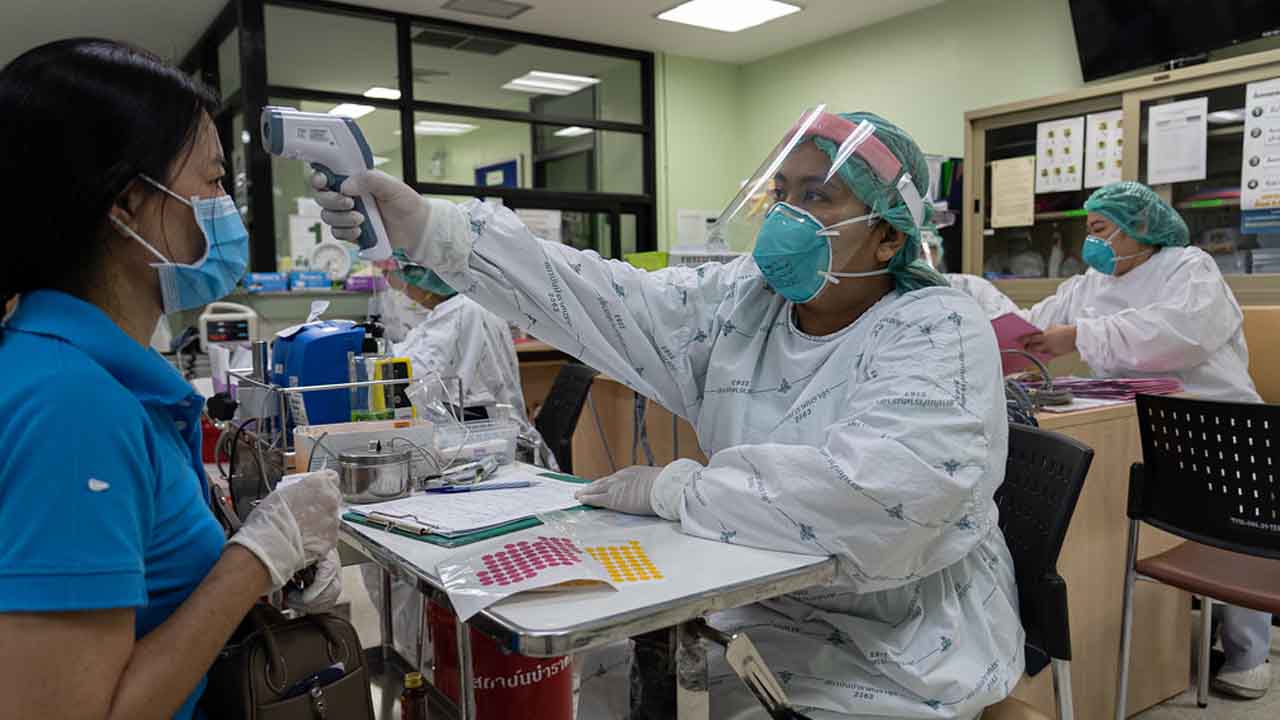Two UN agencies, World Health Organization (WHO), and the International Labor Organization (ILO) published a guide with guidelines to ensure safety at work for health professionals, who have been feeling great pressure since the emergence of Covid-19.
Even before the pandemic, the sector was one of the most dangerous to work in, says the director of the WHO’s Department of Environment and Health, Maria Neira.
“Only a few health centers had occupational health and safety management programs. Health workers suffered from infections, musculoskeletal disorders and injuries, violence and harassment in the workplace, exhaustion and allergies due to the poor work environment,” said María Neira.
Given the “ high extra cost ” these professionals have paid and the pressure the pandemic continues to put on them, UN agencies have produced guidance on developing and implementing stronger occupational health and safety programs for employees of the sector.
The new guidelines cover all occupational risks for healthcare workers: infectious, ergonomic, physical, chemical and psychosocial.
The WHO and the ILO argued that countries that have developed or are implementing occupational health and safety programs in the field of sanitation have recorded fewer work-related injuries and fewer absences due to illness, as well as improvements in the work environment, productivity and employee retention.
The document advocates for systemic improvements in protecting the health, safety and well-being of health professionals in the recovery from COVID-19.
The guidance also argues that continued investment, training, monitoring, and collaboration are essential to sustain progress in implementing programs that are put in place to care for these essential workers.
The director of the ILO’s Sectoral Policy Department, Alette van Leur, explains that “Effective mechanisms need to be put in place to ensure collaboration between employers, managers and workers, with the aim of ensuring health and safety in the work environment”.
She recalls that health workers “have the right to decent work, a safe environment and social protection, in addition to being protected in case they get sick or injured.”
The development comes as the agencies indicated that more than one in three health facilities lack hygiene stations at the point of care, while fewer than one in six countries had a national policy in place for healthy and safe working environments within the health sector.


























